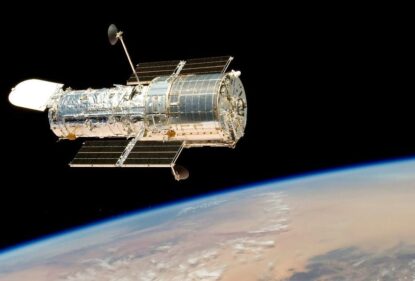At the end of December 1973, the Flight Control Center in Houston unexpectedly lost contact with the Skylab orbital station, which was carrying three astronauts: Gerald Carr, Edward Gibson and William Pogue. The operators saw the station on radar, but did not receive any response from the crew to their inquiries. After 93 minutes, when Skylab completed one turn around the Earth, the astronauts contacted control center again.
Today, this event is often called the first ever space strike or even a mutiny. Presumably,this way the Skylab crew demonstrated their protest against the overloaded work schedule and the inflated demands of NASA, which they were unable to fulfill. It is alleged that during the strike the astronauts refused to work and spent the entire day looking at the Earth through portholes. It is said that after the restoration of communication, they demanded additional time for rest and reduced workload. But after returning to Earth, NASA punished the “rebels”, depriving them of the possibility of further flights.
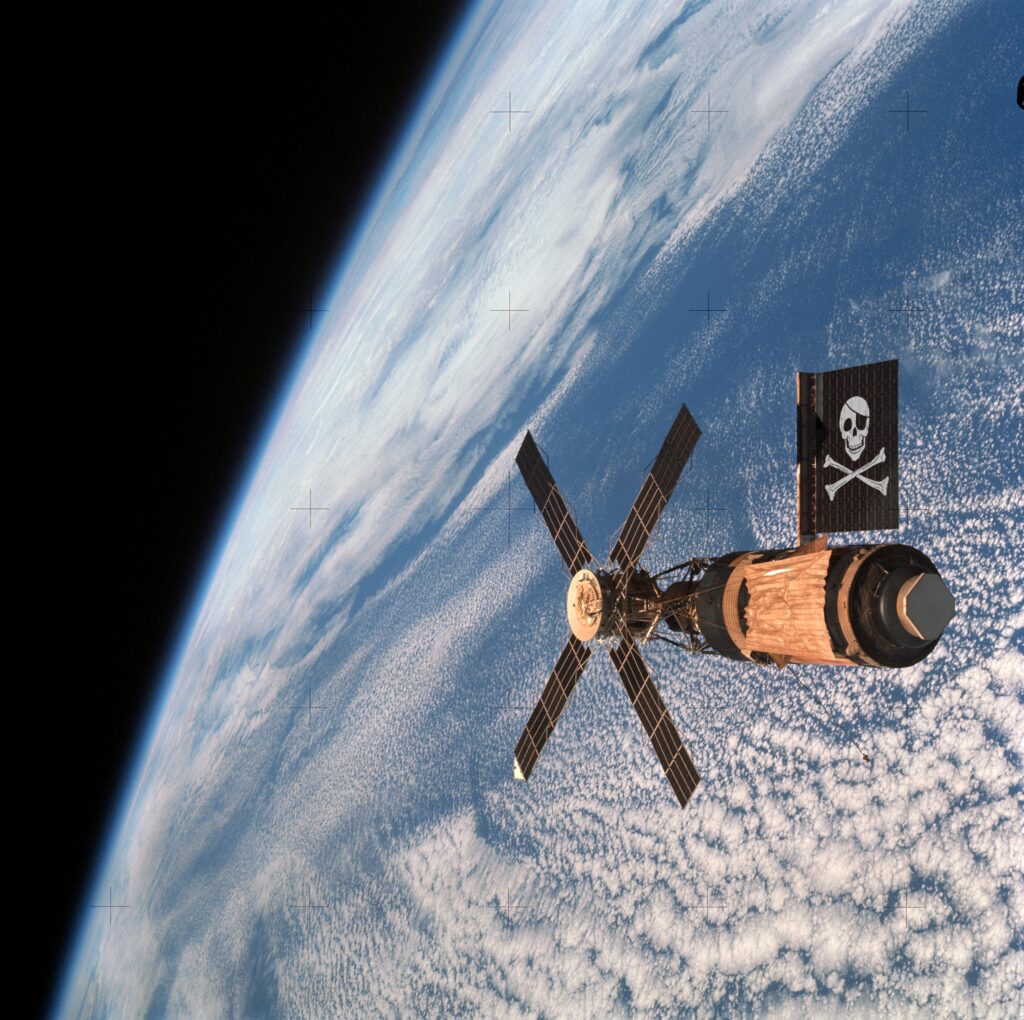
Is this story true? Was there really a strike on orbit, or do we have a typical case where, after many years, the press inflated a sensation from a normal working moment? So let’s figure it out.
At the crossroads
The beginning of the 1970s was a turning point for NASA. The National Aeronautics and Space Administration has accomplished what until recently was thought to be impossible by sending people to the moon. Emboldened by success, its leaders made grandiose plans for the further conquest of space. They included a large orbital station in Earth orbit, a base on the Moon, and a manned expedition to Mars.
But soon it became clear that all this can be forgotten. Having lost the “battle for the Moon”, the USSR abandoned the space race. Lacking a rival, the US government quickly lost interest in space. NASA’s budget was being cut, and new mission projects were being canceled one by one. At some point, the entire American manned program was at stake. But a way out was still found. The Aerospace Administration presented the project of a new reusable ship designed to deliver large cargoes into space. According to it, later it would be able to pay for itself and even bring a profit.
According to the most optimistic forecasts, the first shuttle flights would begin no earlier than the end of the 1970s. This raised a reasonable question about what NASA will be doing until this point. Fortunately, the organization already had an answer ready.
In the late 1960s, a project to create an orbital station from the spent stage of Saturn V rocket appeared in the bowels of the administration. It was supposed to be retrofitted directly in orbit by equipping it with a docking adapter, solar batteries and all the necessary equipment.
Ironically, a serious reduction in the NASA budget in the early 1970s helped to implement this project. Due to the cancellation of the Apollo 18, Apollo 19, and Apollo 20 lunar missions, the administration was left with a stock of unused spacecraft and super-heavy Saturn V rockets. This made it possible to abandon the half-hearted option with retrofitting the empty-stage on orbit and send a full-fledged orbital station into space instead. It was launched into Earth orbit on May 14, 1973 under the name Skylab.
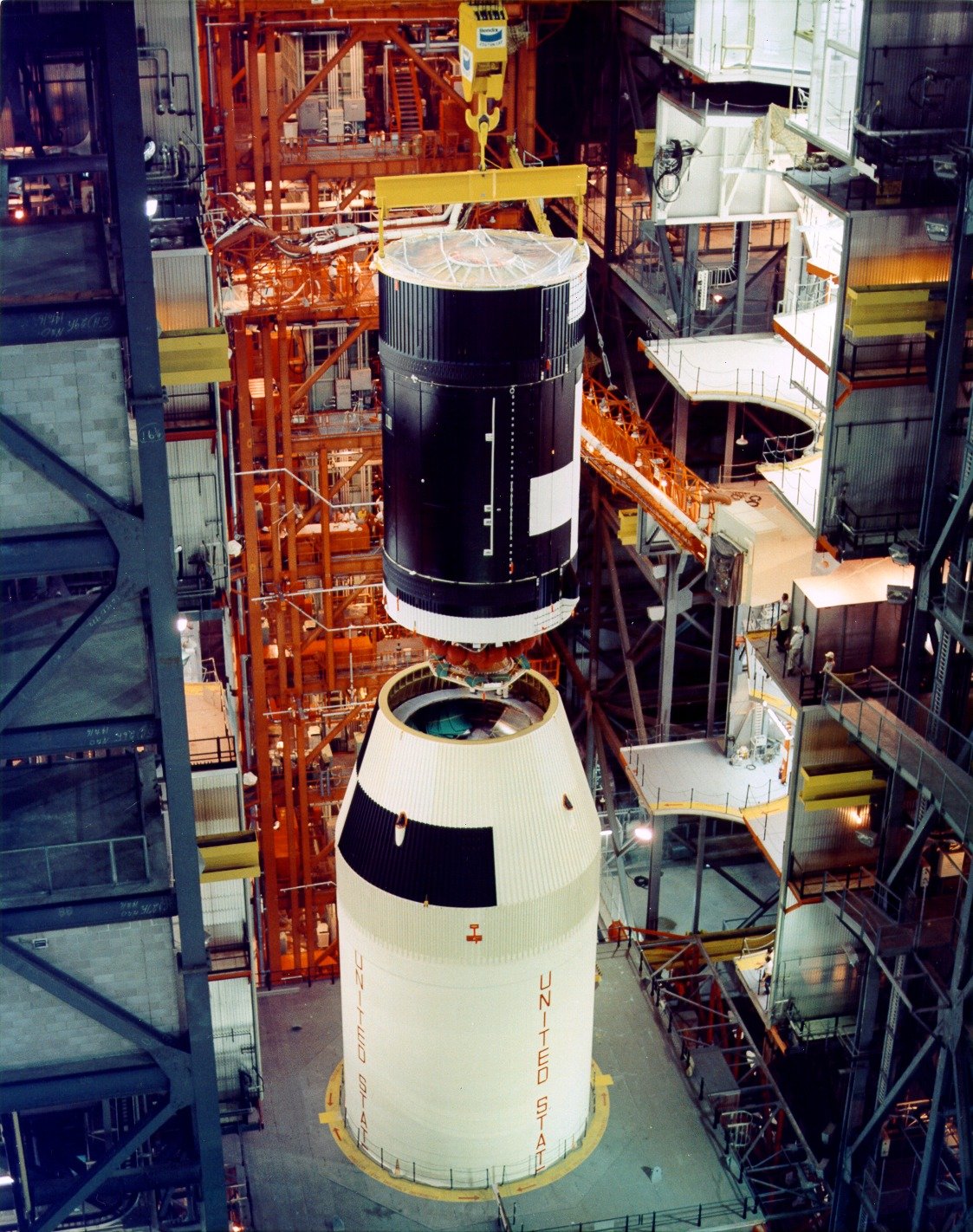
Currently, this is the only manned orbital station in history launched by a superheavy launch vehicle. Its length was 25.1 m, diameter — 6.6 m, total internal volume — 351.6 m3. The huge volume of compact space gave the astronauts almost unlimited freedom of movement, which was undreamed of by the crews of all subsequent multi-module orbital stations.
However, during the launch of Skylab, an accident occurred: a thermal insulation shield broke off, tearing off one of the solar arrays and jamming the other. As a result, the thermoregulation system of the station failed and the temperature inside began to rise. Therefore, the first expedition was a repair crew. The astronauts unfolded the jammed solar panel and placed a special thermal insulation cloth in place of the broken panel.
The repair was successful, which allowed the station to operate. The second Skylab mission lasted 60 days, a record at the time. It turned out to be very fruitful. Alan Bean, Owen Herriot and Jack Lusma not only completed the entire research program, but even exceeded the plan. It is not surprising that the management of NASA expected the same brilliant results from the next expedition — Skylab 4.
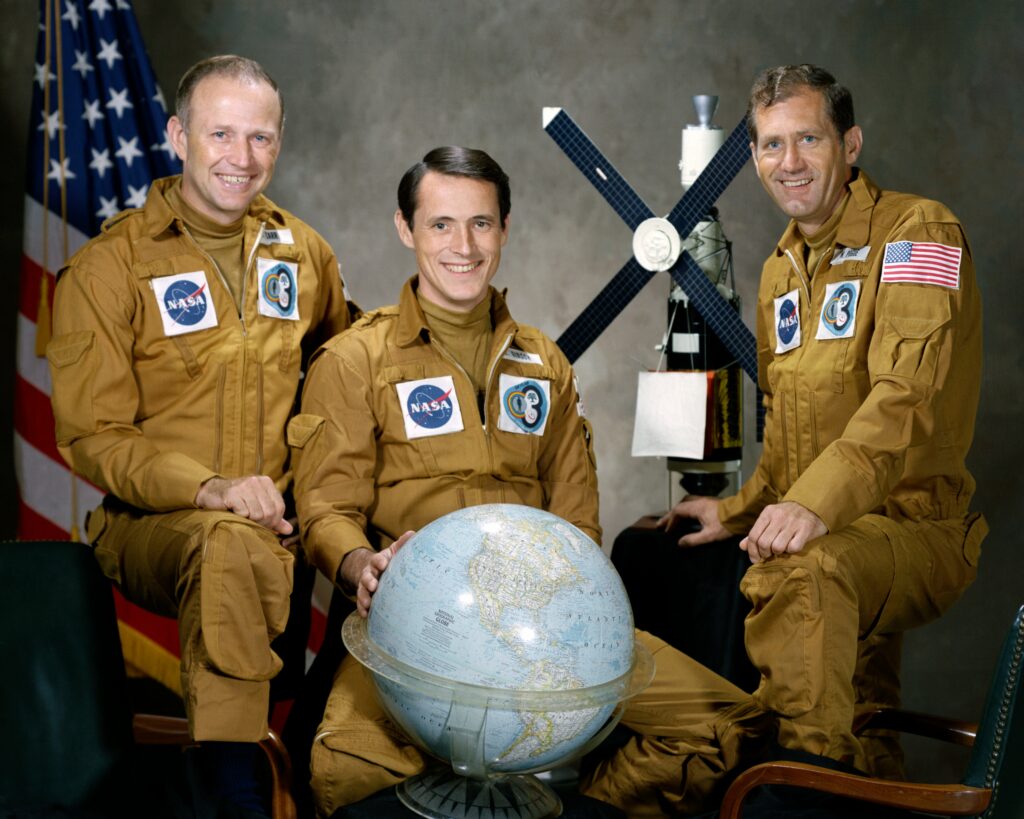
Of special importance to this flight was the fact that the third expedition to Skylab would be the last — at least until the launch of reusable ships. Initially, NASA considered the possibility of organizing another flight to the station in 1974 using the Apollo spacecraft, which remained in reserve. But later this flight was canceled in order to focus all resources on building the shuttles. This became a catalyst for the following events.
The way to the strike
Gerald Carr, Edward Gibson, and William Pogue arrived at Skylab on November 16, 1973. A surprise awaited them there. Having opened the hatch, the astronauts saw in front of them… three silent figures. One of them was exercising on an exercise bike, the second was sticking out of vacuum pants, and the third was sitting in an elegant pose on the toilet. It turned out that the previous crew had taken three old overalls, stuffed them with all kinds of garbage and attached “heads” made of paper bags to them. Thus, they decided to play a prank on their relief.
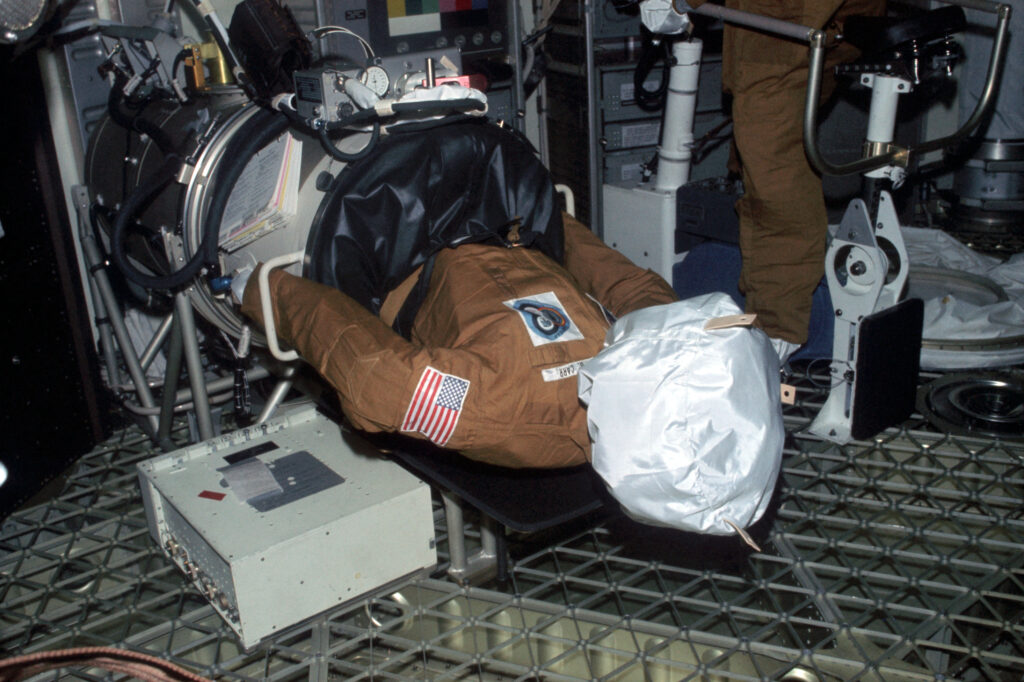
However, the new crew did not appreciate the humor of their colleagues. The fact is that literally from the first minute, the astronauts had to catch up on work, so for some time they did not feel like cleaning the figures. Edward Gibson later described his feelings this way: “I literally felt them looking at me, as if checking everything I do… The horror.”
Soon, the crew of Skylab 4 had a conflict with the Flight Control Center. After arriving at the station, William Pogue felt sick: he felt nauseous. According to the rules, it was necessary to inform the Ground Control about this, collect vomit samples, freeze them and later return them to Earth for analysis. Instead, the astronauts decided to just throw them away and not report anything. But they forgot to unlock the microphones, and the flight controllers heard the whole conversation. The next day, the management announced a formal reprimand to the crew.
Undoubtedly, conflicts between astronauts in orbit and Flight Control Center have occurred before. For example, during the Apollo 7 flight, all three crew members developed a runny nose. Returning to Earth, they ignored instructions to put on their spacesuit helmets, fearing that the increased pressure might cause their eardrums to burst. Such events are sometimes called a space mutiny. However, that story happened at the end of the flight, and NASA gave the astronauts a treat after its completion. Here it was only about the second day of a long and difficult expedition.
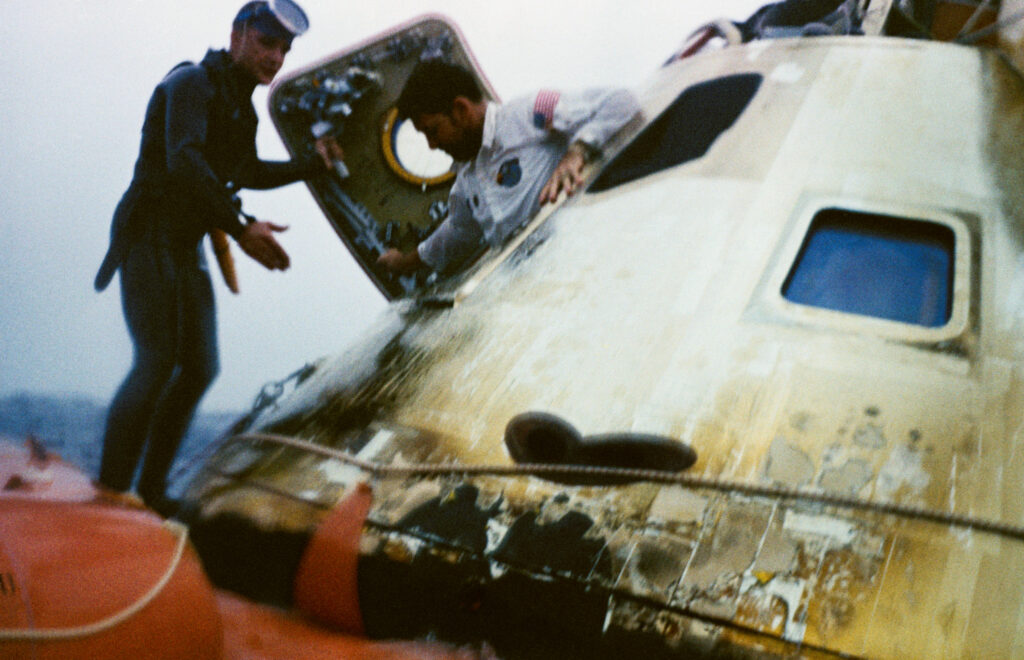
The reprimand did not have the best effect on the morale of the astronauts. Other problems soon arose. Since this flight was the last, the planners jammed the schedule with all possible trials and experiments. When drawing up work schedules, they were based on the results of the two previous expeditions. This turned out to be a big mistake. The fact is that the Skylab 4 crew consisted of novices, while the first two expeditions each had one seasoned veteran who had already visited the Moon. Crew members, familiar with the realities of space flight, quickly adapted to the conditions on board the station and helped their colleagues. But the last mission was deprived of this advantage. And at the same time, three novice astronauts were burdened with a record amount of work.
Of course, soon the expedition began to deviate significantly from the schedule. At first, the crew tried to hush up their problems, fearing new reprimands from management. In an attempt to make up for lost time, they decided to use personal time for work, and then deprived themselves of a day off, allowed once every ten days. It was not the best idea — without proper rest, it turned out to be even more difficult to keep up with the schedule and keep due productivity. Instead, the astronauts became increasingly irritable and eventually began to show dissatisfaction with the overwork.
It is worth noting that the crew complained not only about the excessive amount of work, but also about various household trifles — for example, about the poor design of overalls or towels that do not absorb water well. Another clear manifestation of increased psychological stress on board the station was that the astronauts decided to grow beards. For their part, the staff of the Mission Control Center began to use such words as “passive” and “lethargic” to refer to the Skylab 4 crew in informal conversations.
On December 28, 1973, when, according to press claims, a “strike” occurred, the Skylab 4 mission reached its equator. The crew spent 42 days in space, which was exactly half of the planned duration of the flight.
The first strike or a space psychotherapy session?
So back to the “strike” itself. The question of whether it really happened or not still remains debatable. It is likely that we will never have a clear answer that satisfies everyone. But at least we can consider known facts.
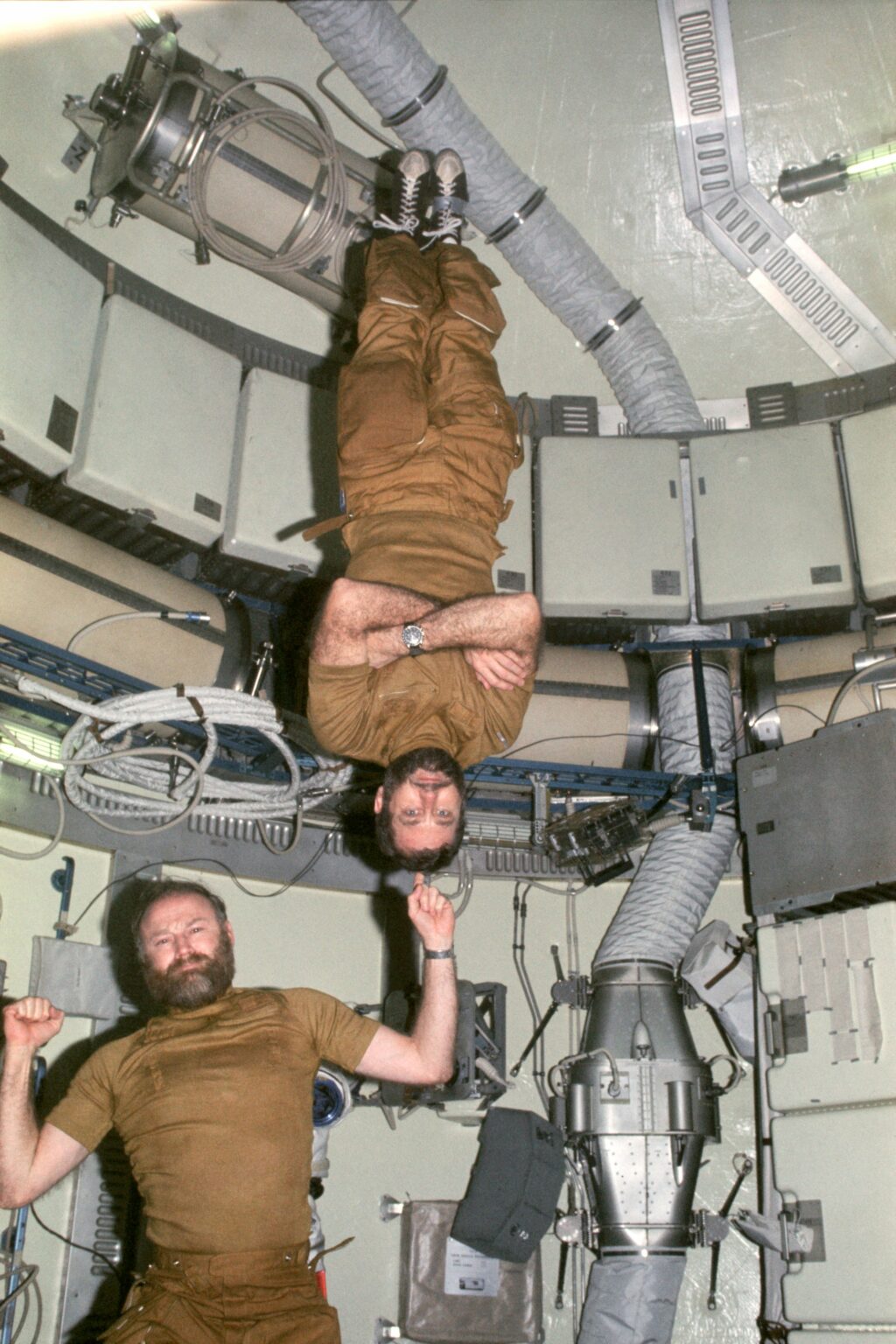
So, in their memoirs and various interviews, the astronauts did mention that they lost contact with Earth for a while. At the same time, both NASA and the crew of Skylab 4 have always denied that this was done on purpose.
According to Edward Gibson, the event was an accidental mistake. He explains that in an effort to maximize the efficiency of their work, two out of three members of the expedition usually turned off the radio and left one person who maintained contact with the Ground Control. One day they simply confused who was responsible for this task, which resulted in temporary lack of radio contact. In his book, the astronaut is directly named this strike story a fake contrived by the press declaring: “What could we threaten anybody with? To fly to live on the Moon?”.
Expedition commander Gerald Carr’s version differs somewhat in detail. In one of the interviews, he said that at the end of December 1973, the crew informed the Ground Control of the decision to finally take their legitimate day off that had been delayed for such a long time. As for the loss of contact, Carr attributed it to ordinary carelessness and said the newspapers had blown the story too far.
The archival records of the negotiations between the station and the Mission Control Center on the day of the “strike” do not contain anything like the refusal of the crew to work or setting up any claims described in the press. On the contrary, judging by them, the astronauts communicated quite normally with the Earth and exchanged jokes with the flight controllers.
A study of archival records casts great doubt on the date of the “strike”. According to them, the crew took their long-awaited day off on December 26, 1973. And this is quite logical: the astronauts made a spacewalk on December 25 (at Christmas!), which is always a very difficult and responsible procedure that requires a lot of effort. After that, the crew would definitely need a rest. On December 29, Gerald Carr and Edward Gibson went spacewalking again. It would be quite strange if the people who were on the edge and making demands went for such an operation the day after the “strike”. And it is even more difficult to believe that the Mission Control Center would allow astronauts to make a spacewalk in such a morbid situation.
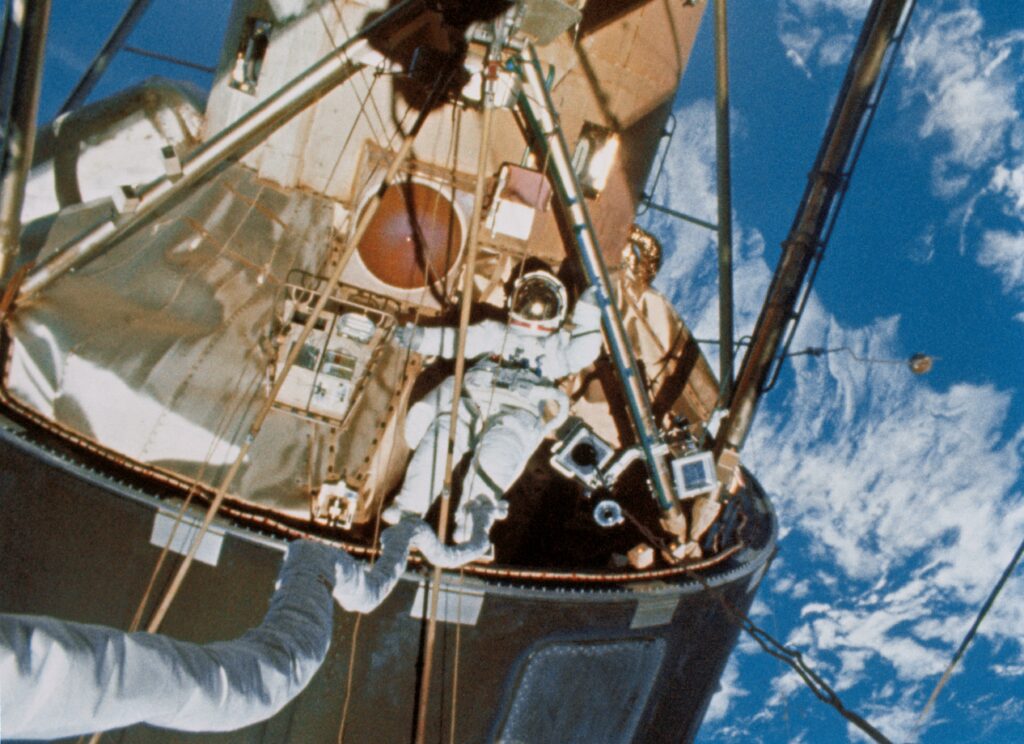
According to Gerald Carr, after the long-awaited day off, the situation did not improve. The crew, as before, could not cope with the scope of work and felt extremely exhausted. In the end, during one of the communication sessions, he turned to the Ground Control with a proposal to conduct an open and honest dialogue regarding the problems that had arisen. Astronauts wanted to know how far behind schedule they were and what steps could be taken to correct it. According to mission records, the message was sent on December 28.
After some discussion, management agreed to the proposal. According to Carr, at first the crew reported about everything that they did not like and what needed to be changed first. So, the astronauts wanted to have more time for rest, to abandon mandatory physical exercises after meals, and also to adjust their work schedule. Then the Mission Control Center openly told the crew about everything that was bothering them. In fact, everything described rather resembles not a strike, but the first ever psychotherapy session in space.
Later on Earth, they admitted that they had drawn up an overly ambitious mission plan. Soon the astronauts received a list of recommendations. According to it, the most important thing was to increase rest time and change the approach to drawing up the working day schedule. Previously, it was scheduled by the minute, due to which the crew was constantly out of schedule. Now, the Ground Control decided to strictly plan only the most important procedures. Even previously, all routine operation was included in the list of what needs to be done, but without prescribing a specific execution time. This scheme turned out to be very successful. The flexible approach allowed the crew to manage their time more efficiently, which reduced tension, reduced stress and significantly increased productivity. As a result, the second half of the mission turned out to be much more productive than the first. Some crew even managed to exceed the initial plan.
The Skylab 4 astronauts returned to Earth on February 8, 1974, after spending 84 days in orbit. It was a huge achievement at the time. Their record for the duration of a continuous stay of people in space was broken only in 1978 by the crew of the Salyut-6 station.
Legacy of the Skylab 4 mission
Of course, this explanation is unlikely to convince all skeptics. They will probably say that NASA could well have erased compromising records of the negotiations. And the members of the Skylab 4 crew left the ranks of the organization quite quickly, which seems suspicious — as if the “rebels” knew that they would never be allowed to fly into space again, and therefore decided to leave.
But it is worth recalling once again the case of Apollo 7, whose crew directly refused to comply with the prescriptions of the Ground Control. The National Aeronautics and Space Administration did not cover up this incident, nor did it cover up the high-profile scandal involving the philatelic envelopes of the Apollo 15 mission. In both cases, the organization did punish the culprits, using non-assignment of astronauts to new flights a tool the — and it was not concealed. It is not entirely clear why NASA would go such great lengths to cover up the Skylab 4 incident.
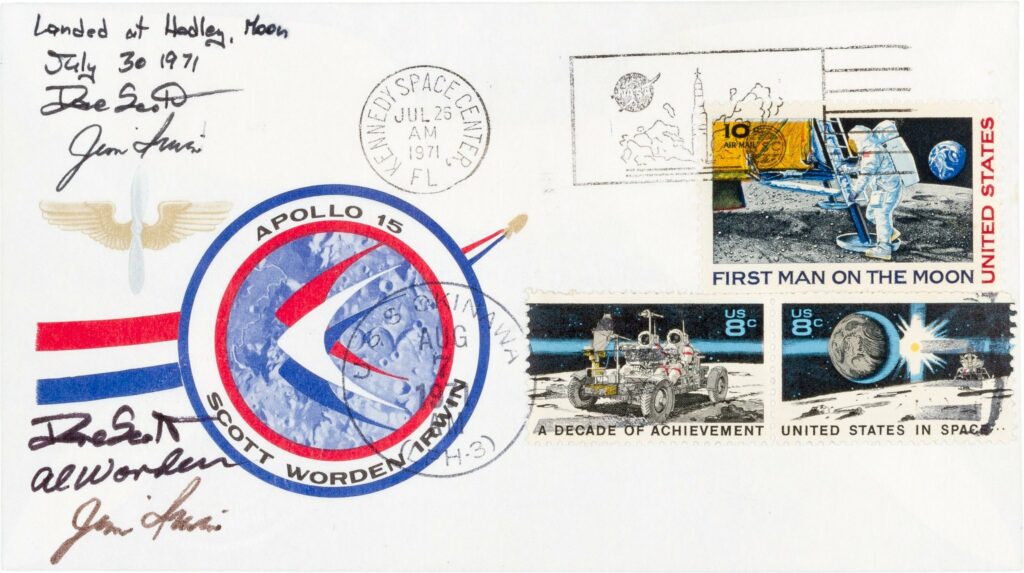
Regarding the fact that none of the astronauts of the last Skylab mission flew into space again, it is worth considering the situation in 1974. The only flight planned at that time was the Soyuz-Apollo mission scheduled for next year with an already approved crew. The introduction of the shuttles into operation was planned for 1979 (in fact, it was delayed for another two years). Therefore, they would have to wait for a new opportunity to climb into orbit for five years at least. It is not surprising that many experienced some astronauts did not like such prospects and so they left NASA. And in the case of the Skylab 4 crew members, the not-so-pleasant experience of three months on the station may have played a role.
It is also worth mentioning that a few years after his retirement, Edward Gibson returned to NASA and worked in the organization for several more years. This, again, is not very consistent with the punishment version.
In any case, the Skylab 4 expedition left a very important mark in the history of manned spacecraft. Never before had people spent so much time in space. The data obtained during the mission helped scientists to better understand how a long stay in weightlessness affects the human body.
Nevertheless, it was psychological data that became the main legacy of the mission. Before this flight, NASA paid very little attention to the psychological aspect of being in space. It was not considered very important. The Skylab 4 expedition clearly demonstrated that this was a lapse. It became the starting point for numerous medical studies on the topic of human behavior in space. Its results are actively used even now during the selection and training of crews for long-term expeditions. And the most obvious consequence of this mission was the implementation of the practice, according to which at least one member of the space expedition must have experience of flights to orbit.
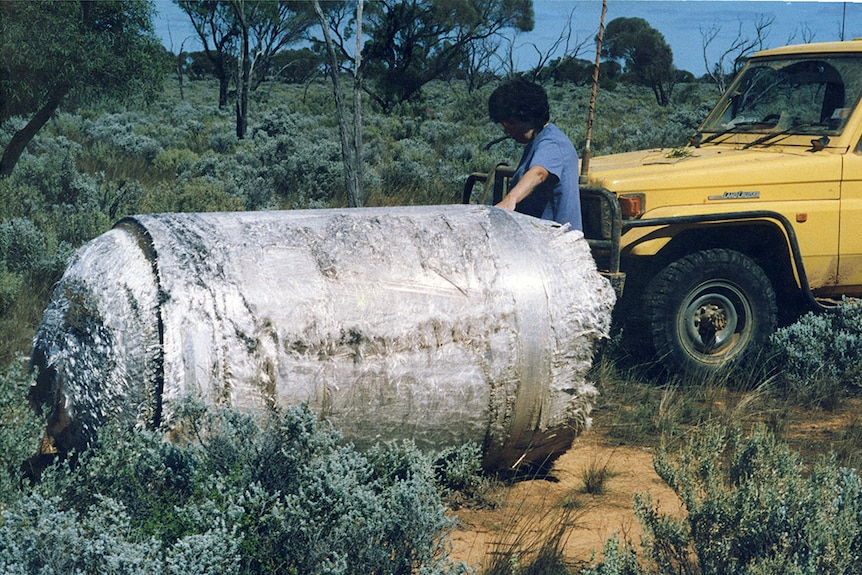
As for the further fate of Skylab, the last crew suspended the station. NASA expected it to stay in orbit until 1982-1983, when the shuttles will be put into service. It was assumed that the space shuttles would raise its orbit and modernize it, which would allow continuing operation of the complex. But these plans failed. NASA experts really underestimated the solar activity, due to which Skylab began to lose altitude much faster than the initial forecasts. As a result, the station never received a new crew. It left orbit on July 11, 1979, almost two years before the first shuttle flight. The surviving debris of the unique orbital complex fell in Australia. Now they are exhibited in museums.



